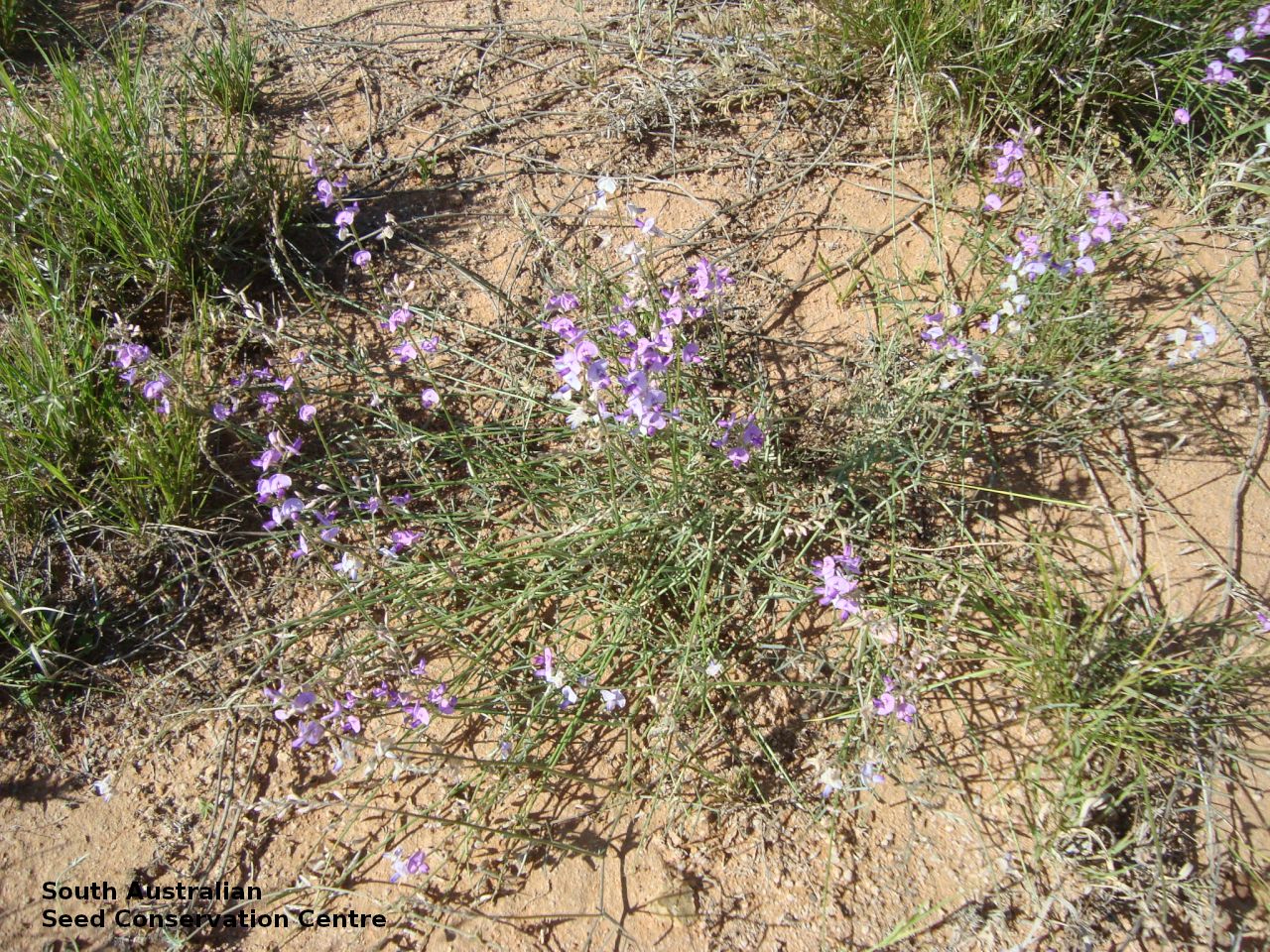
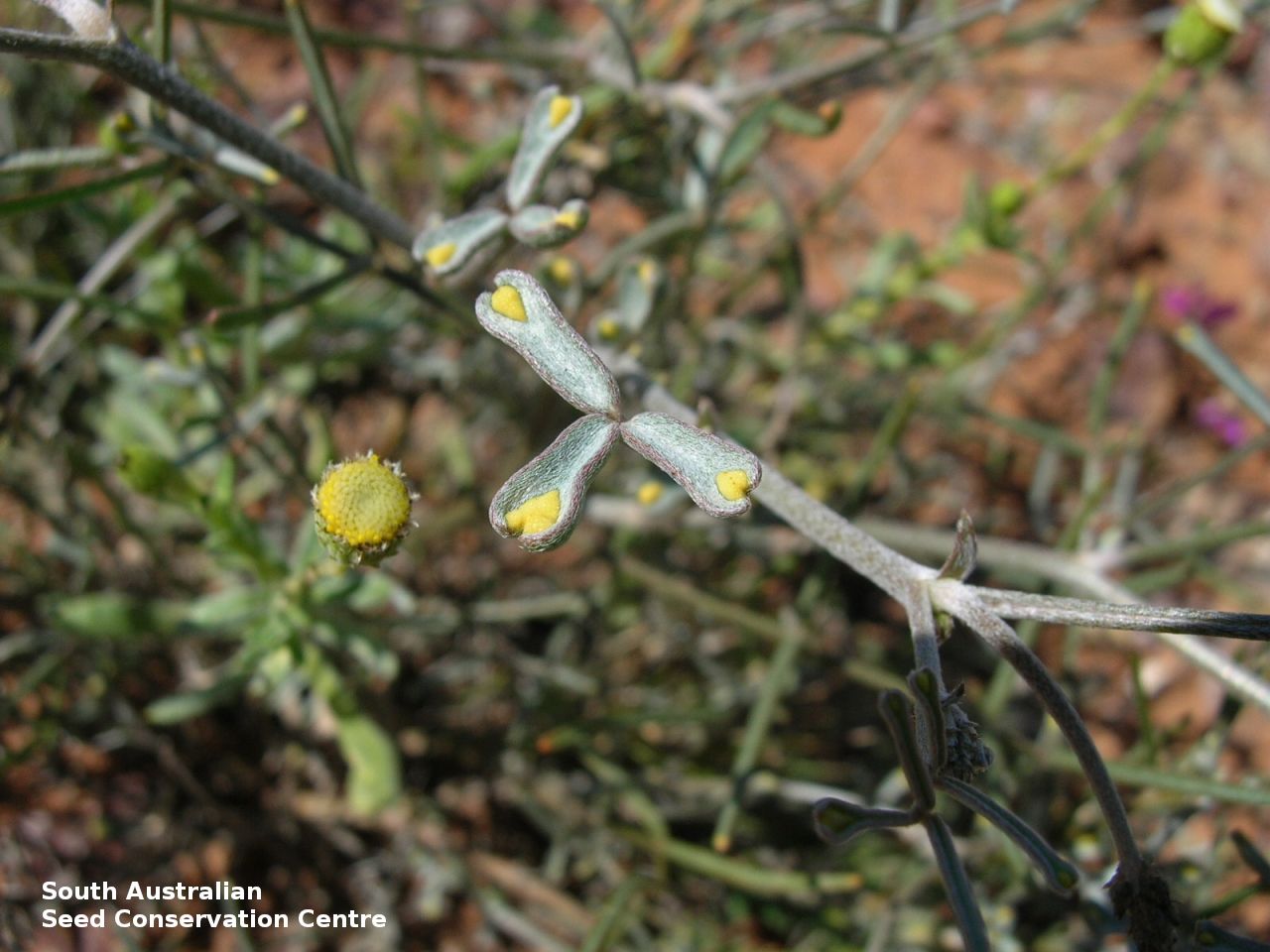
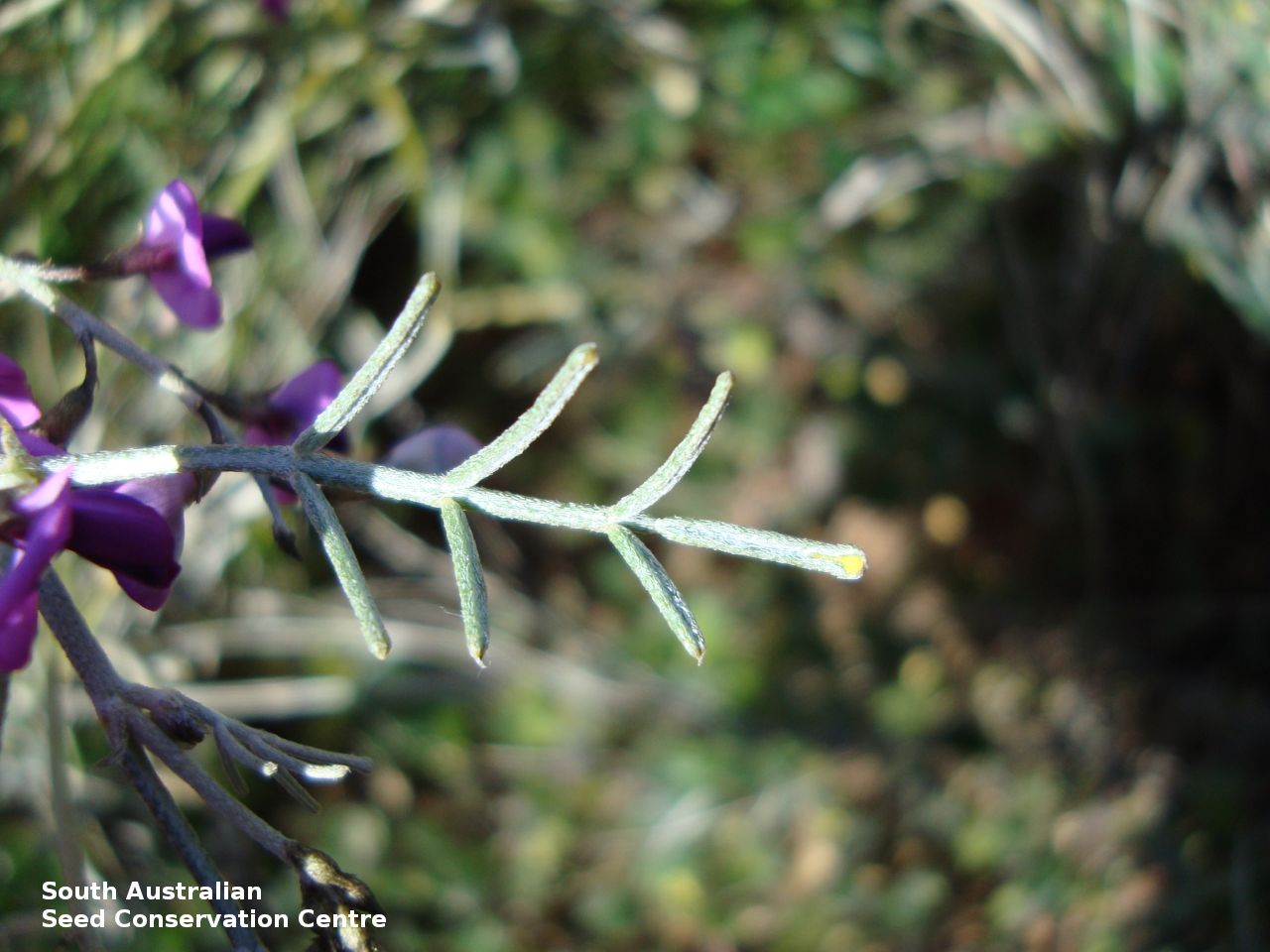
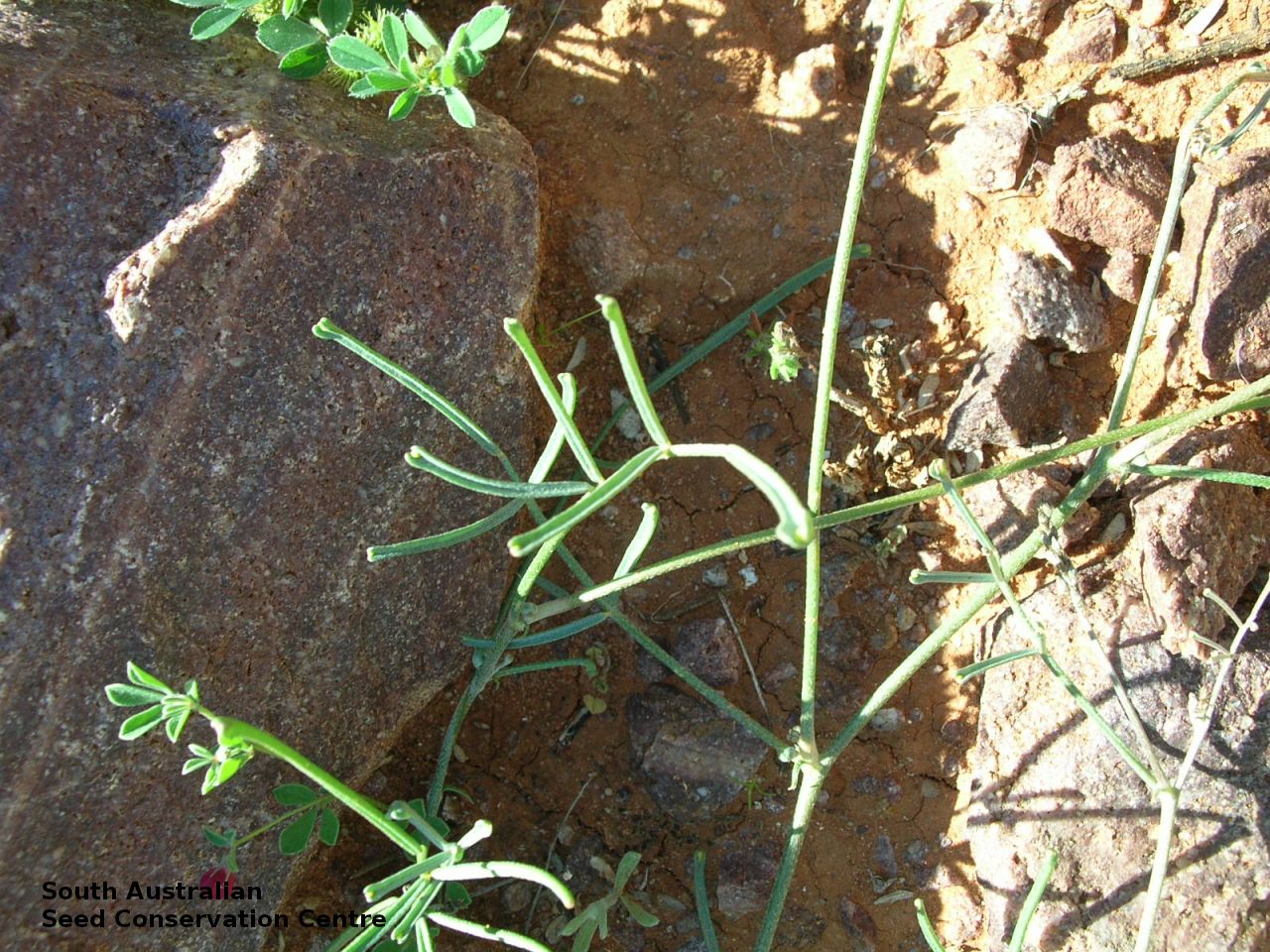
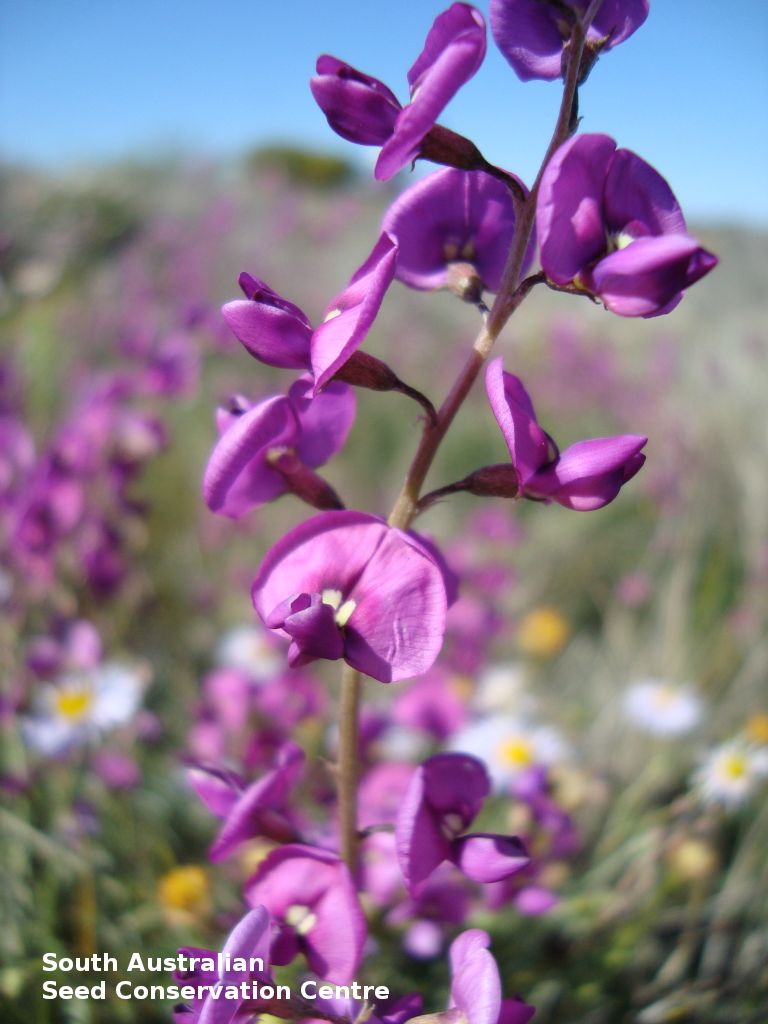
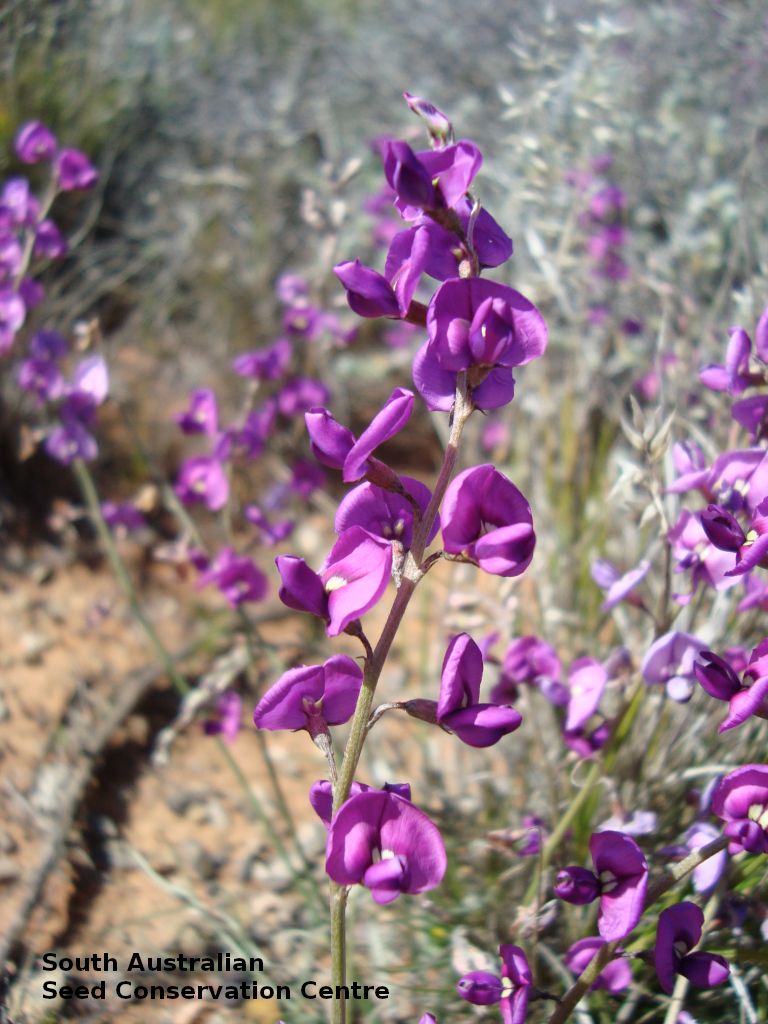
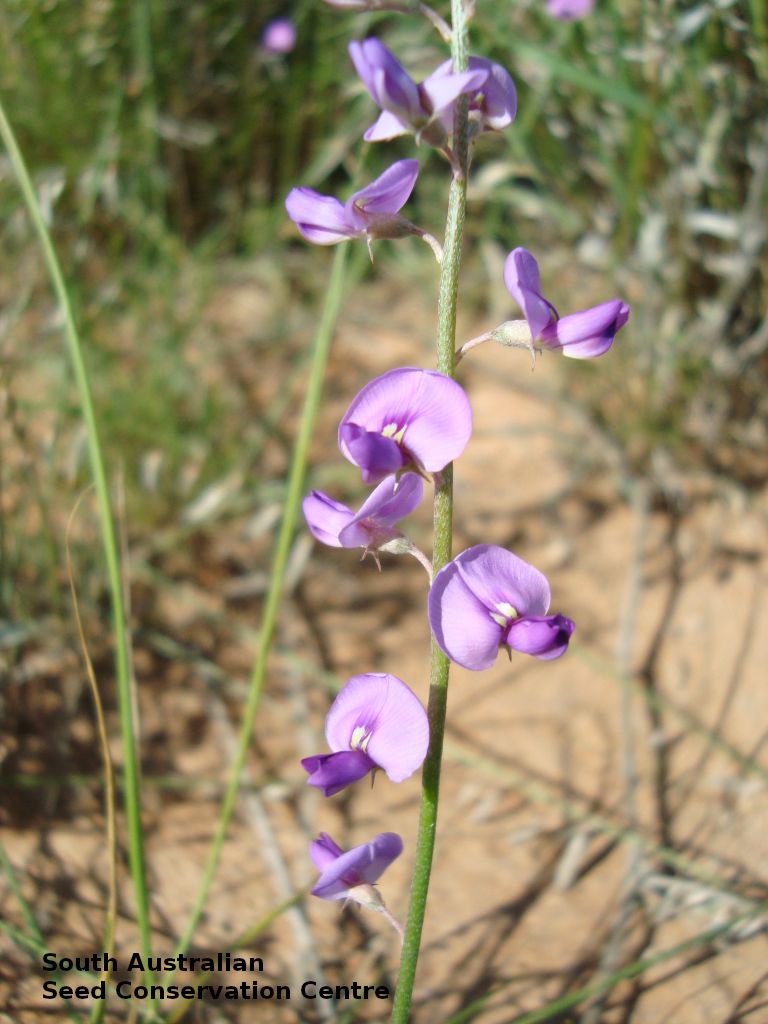
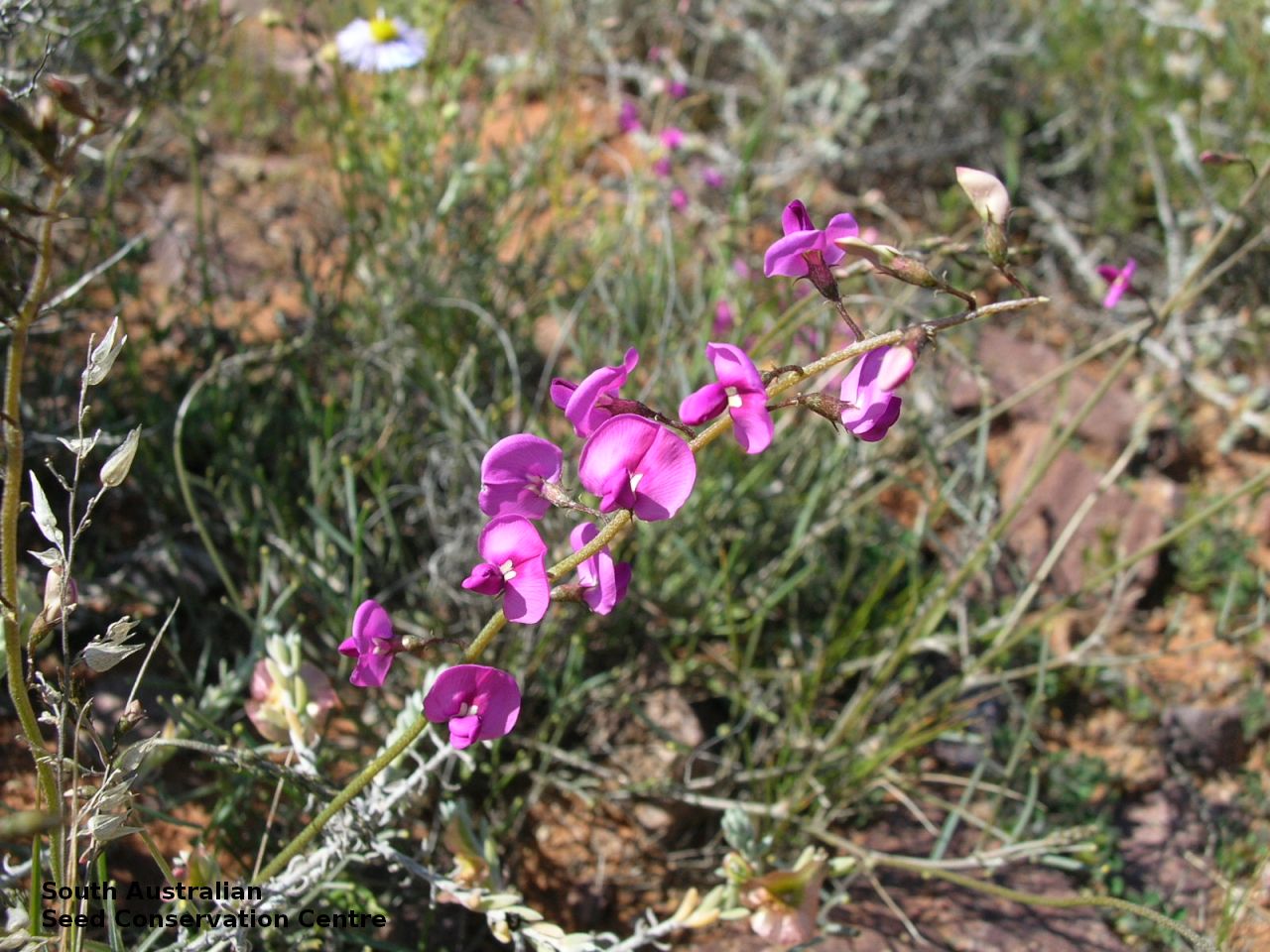
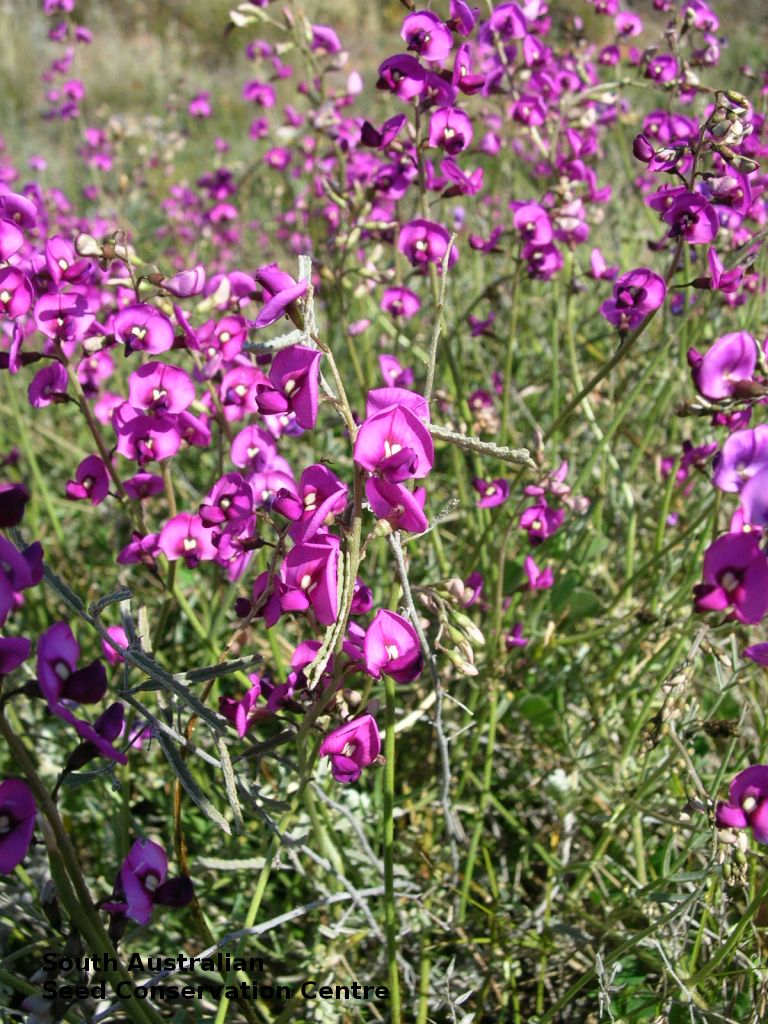
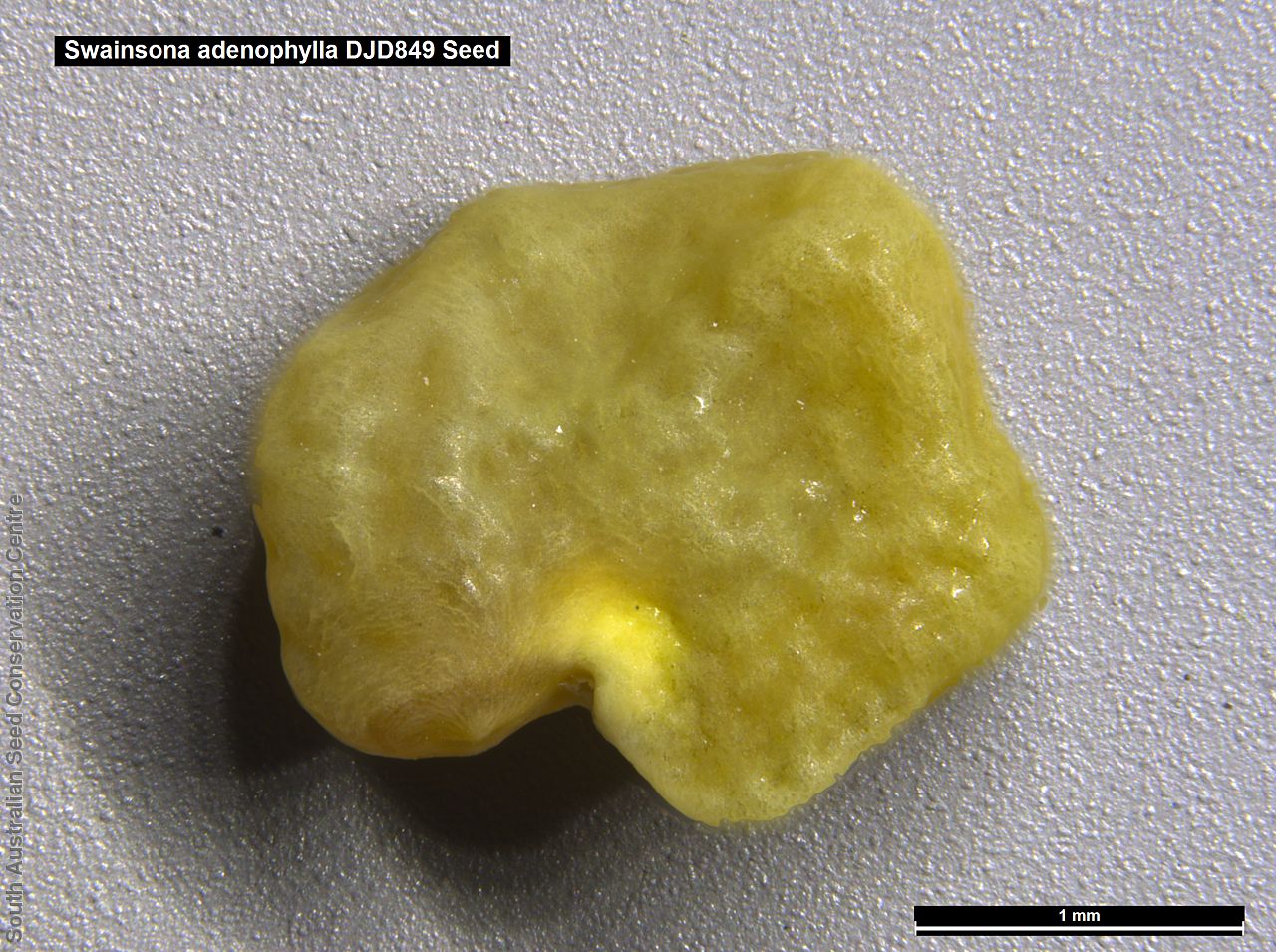
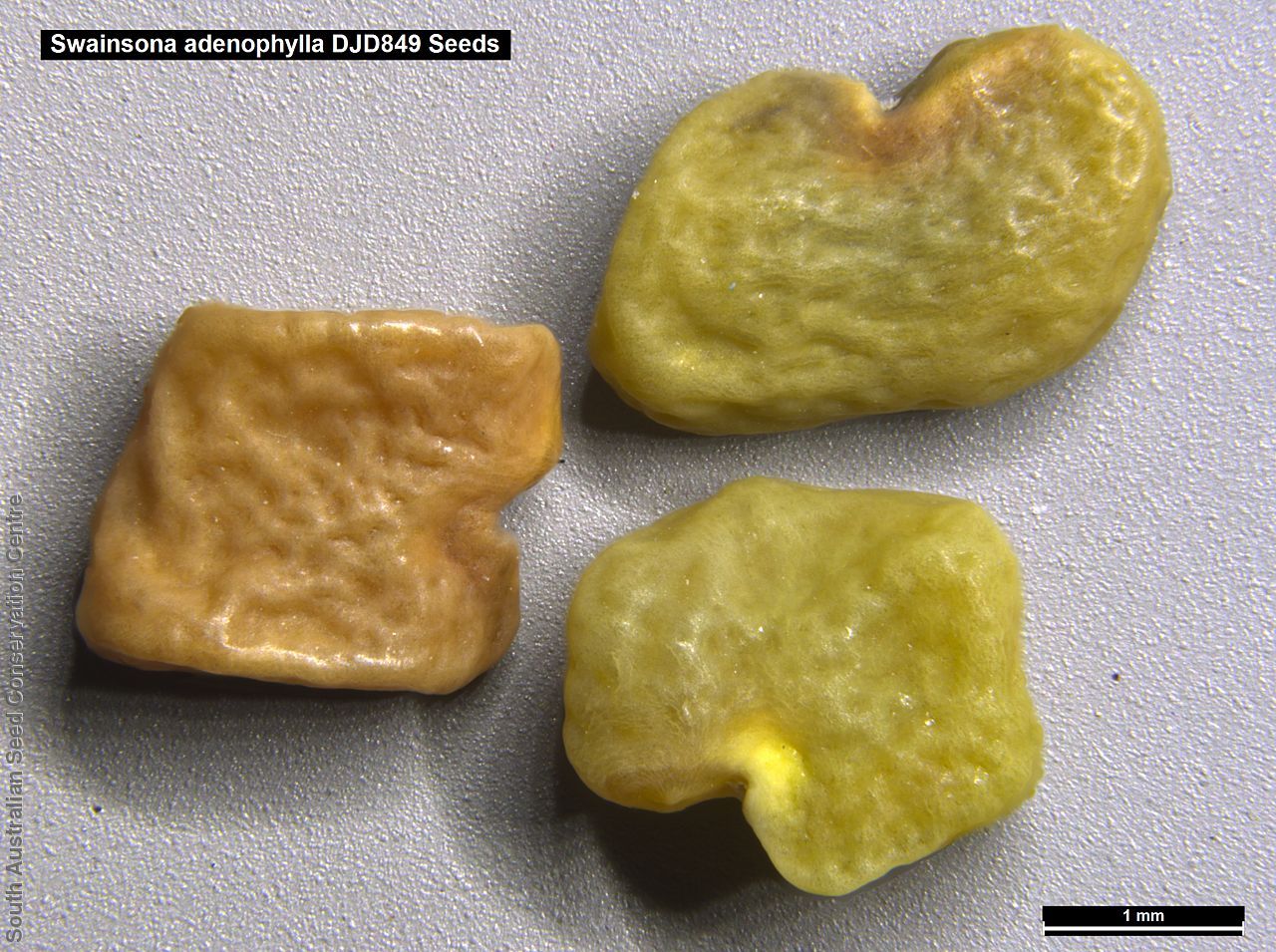
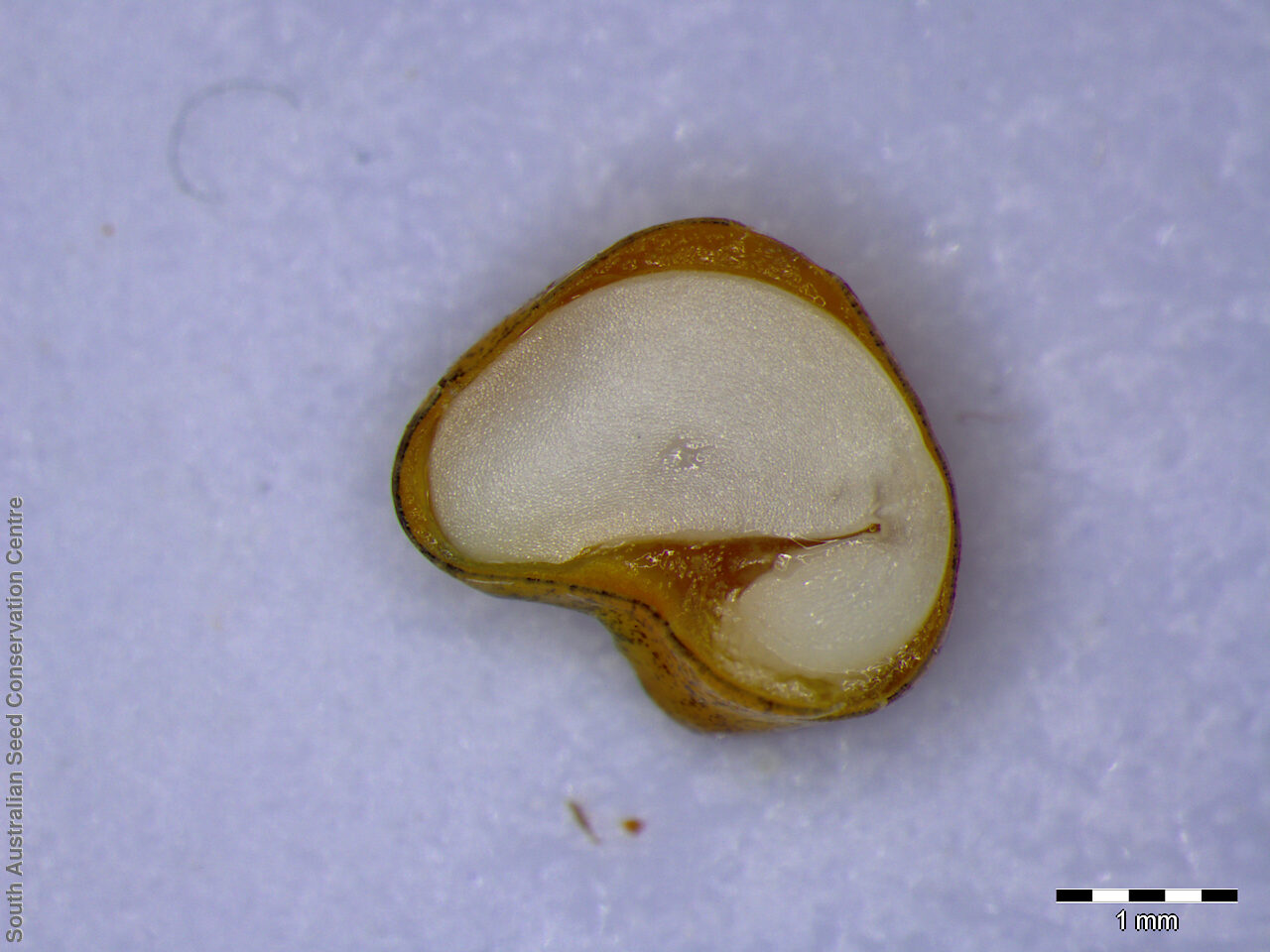
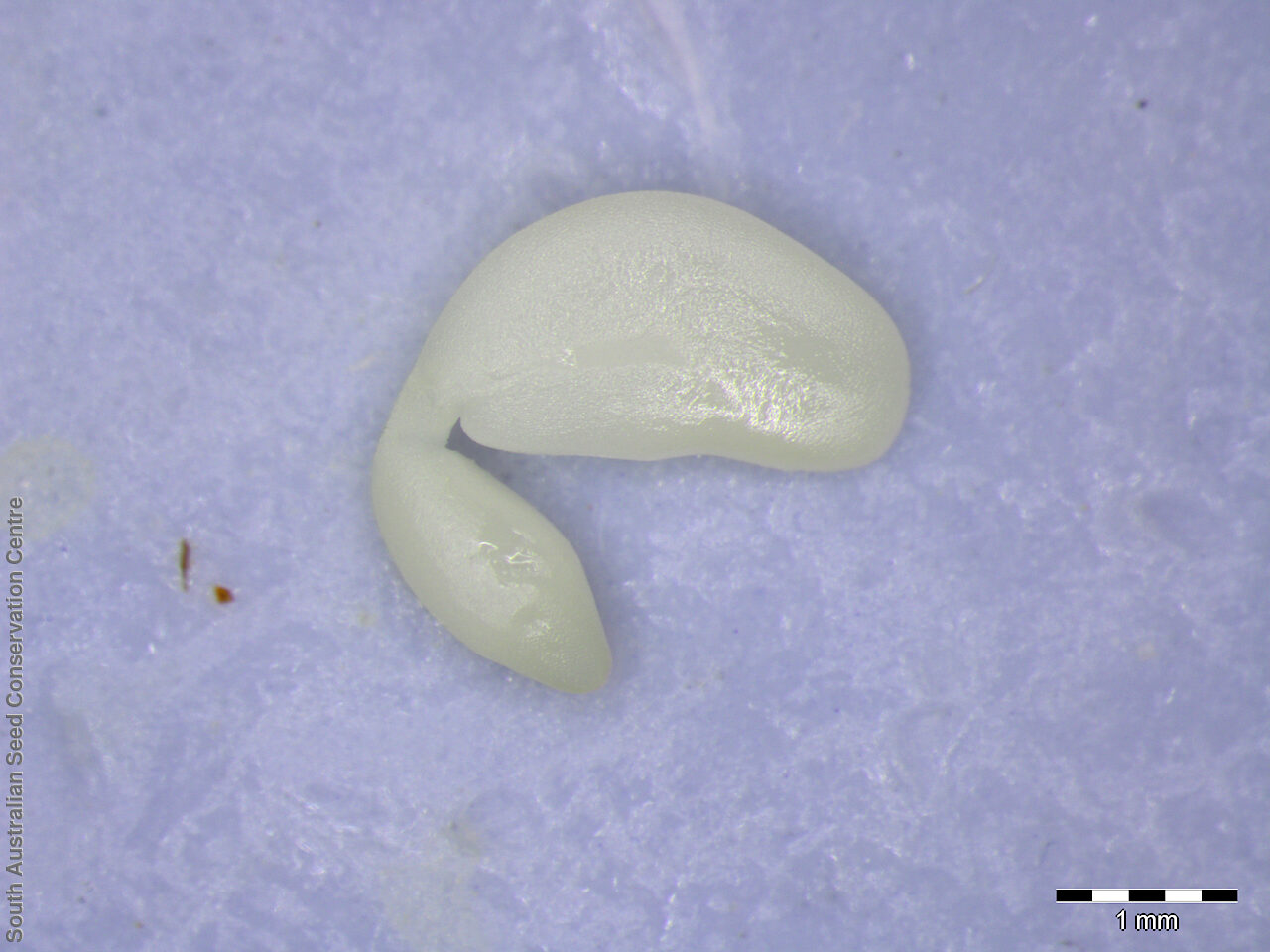
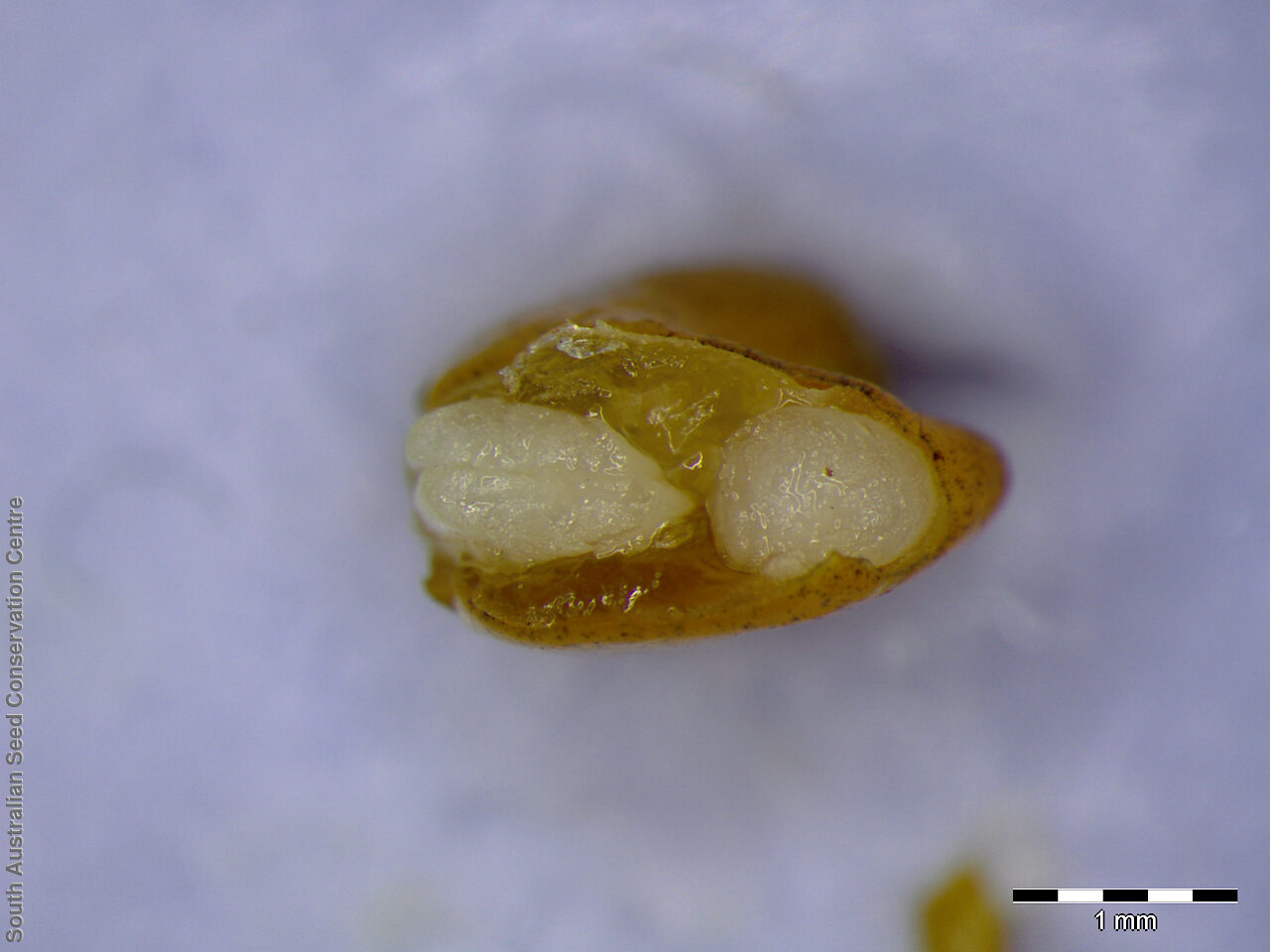

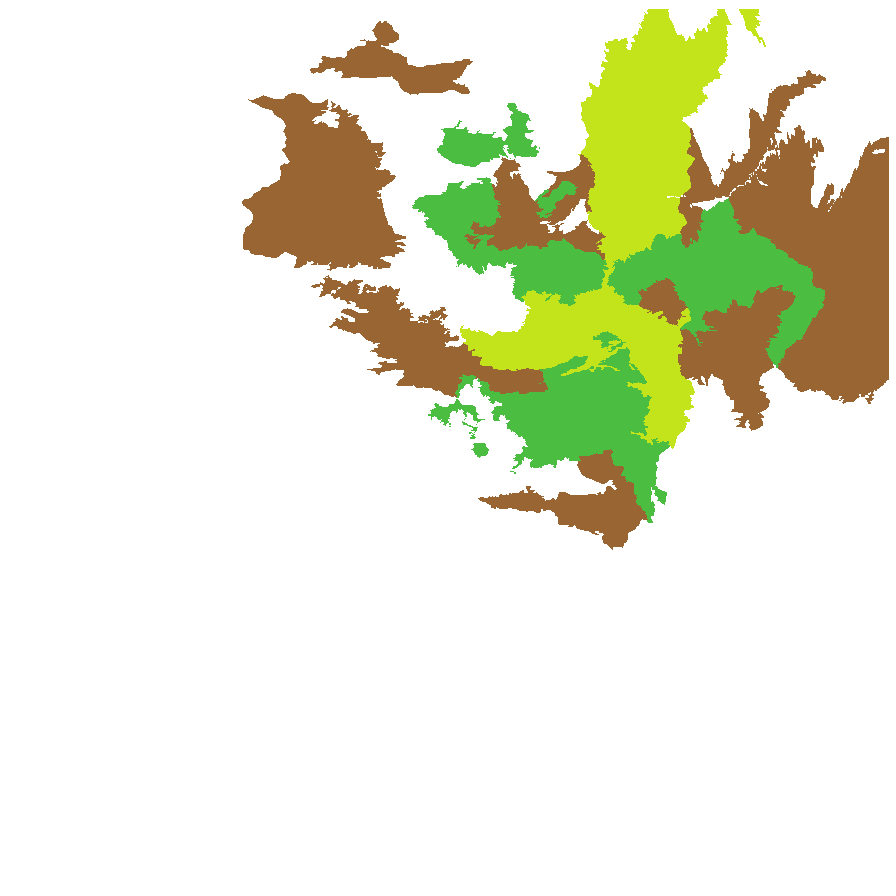
Botanical art
Prior names
Swainsona microcalyx var. adenophylla
Swainsona microcalyx ssp. adenophylla
Common names
Violet Swainson-pea
Wild Violet
Etymology
Swainsona named after Isaac Swainson (1746-1812, an English scientist and horticulturalist who had a private botanic garden near London. Adenophylla from the Greek 'aden' meaning gland and 'phyllon' meaning leaf; referring to its glandular leaves.
Distribution and status
Found usually on red, sandy soil and occasionally stony flats in the arid region of South Australia. Also found in New South Wales and Victoria. Native. Common in South Australia. Rare in the other States.
Herbarium regions: North Western, Lake Eyre, Gairdner-Torrens, Flinders Ranges
NRM region: South Australian Arid Lands
AVH map: SA distribution map (external link)
Plant description
An erect or spreading perennial to 30cm high with numerous hairy stems from a taproot. Leaves mostly 3-8 cm long with 3-9 hairy, narrow-linear leaflets. Flowers purple occasionally pink. Fruits are paper pods to 20mm long. Seeds are dark brown to orange and sometime mottled, semi-flat reniform seeds to 5 mm long with a wrinkled surface. Seed embryo type is bent.
Seed collection and propagation
Collect seeds between September and November. Collect mature pods, those with hard seeds inside. Mature pods can be found lying on the ground next to the plant. Place the pods in a tray and leave to dry for a week. Use a rubber bung to rub the pods or break the pods open with your fingers to dislodge the seeds. Use a sieve to separate the unwanted material. Store the seeds with a desiccant such as dried silica beads or dry rice, in an air tight container in a cool and dry place. From two collections, the seed viability were high, ranging from 85% to 90%. This species has physical dormancy that need to be overcome for the seed to germinate (e.g. nicking or softening the seed coat).
| Location | No. of seeds (weight grams) | Number of plants | Date collected | Collection number Collection location | Date stored | % Viability | Storage temperature |
|---|---|---|---|---|---|---|---|
| BGA MSB | 5,850 (18.92 g) 3,000 (9.6 g) | 40 | 25-Sep-2007 | DJD849 Lake Eyre | 19-Sep-2008 | 85% | -18°C |
| BGA | 7,400 (19.58 g) | 30+ | 1-Nov-2010 | MJT277 Lake Eyre | 1-Jan-2012 | 90% | -18°C |
Number of plants: This is the number of plants from which the seeds were collected.
Collection location: The Herbarium of South Australia's region name.
% Viability: Percentage of filled healthy seeds determined by a cut test or x-ray.